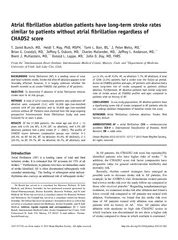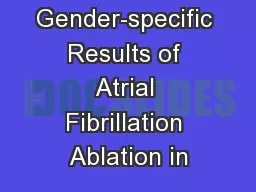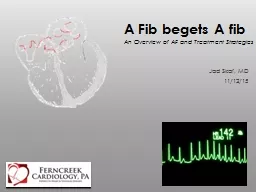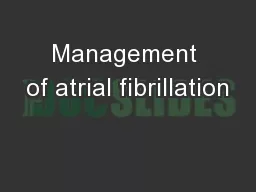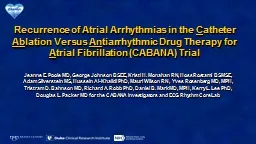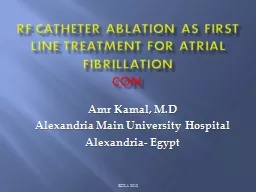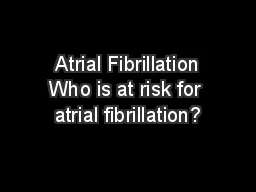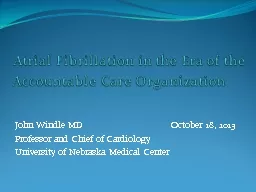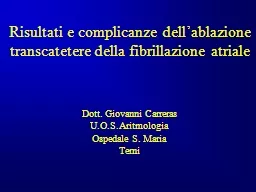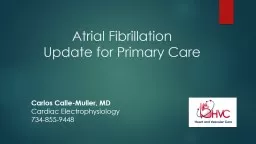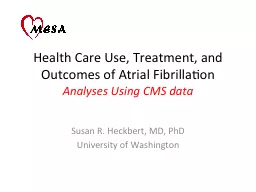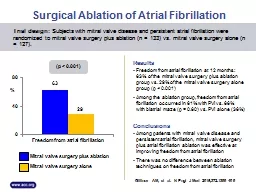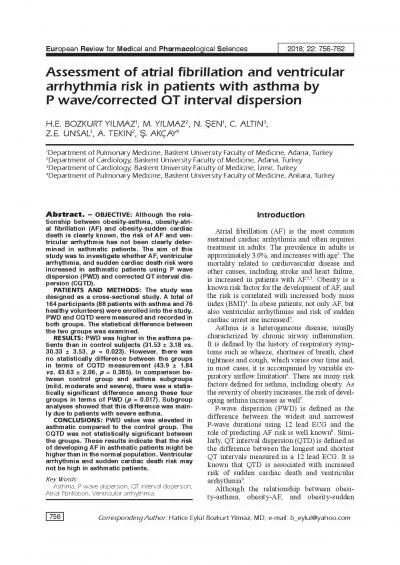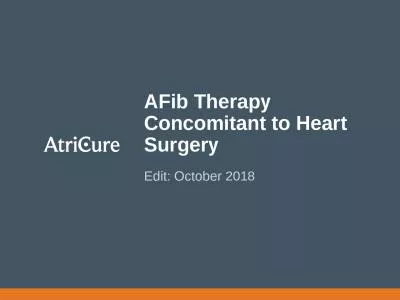PDF-Atrial brillation ablation patients have longterm stro
Author : yoshiko-marsland | Published Date : 2015-04-21
Jared Bunch MD Heidi T May PhD MSPH Tami L Bair BS J Peter Weiss MD Brian G Crandall MD Jeffrey S Osborn MD Charles Mallender MD Jeffrey L Anderson MD Brent J Muhlestein
Presentation Embed Code
Download Presentation
Download Presentation The PPT/PDF document "Atrial brillation ablation patients have..." is the property of its rightful owner. Permission is granted to download and print the materials on this website for personal, non-commercial use only, and to display it on your personal computer provided you do not modify the materials and that you retain all copyright notices contained in the materials. By downloading content from our website, you accept the terms of this agreement.
Atrial brillation ablation patients have longterm stro: Transcript
Download Rules Of Document
"Atrial brillation ablation patients have longterm stro"The content belongs to its owner. You may download and print it for personal use, without modification, and keep all copyright notices. By downloading, you agree to these terms.
Related Documents

